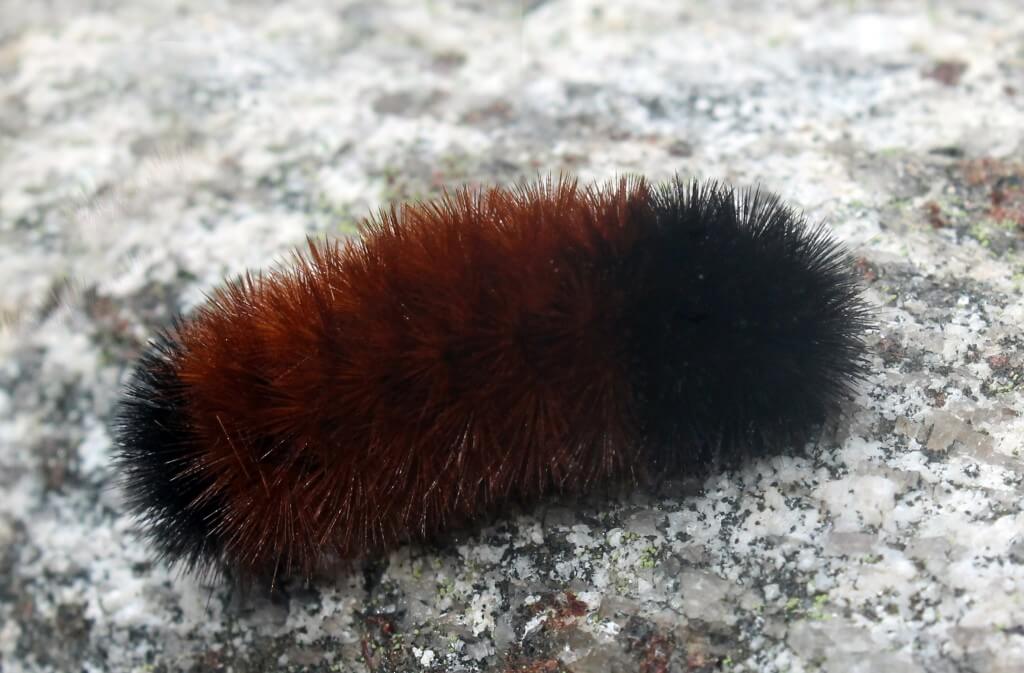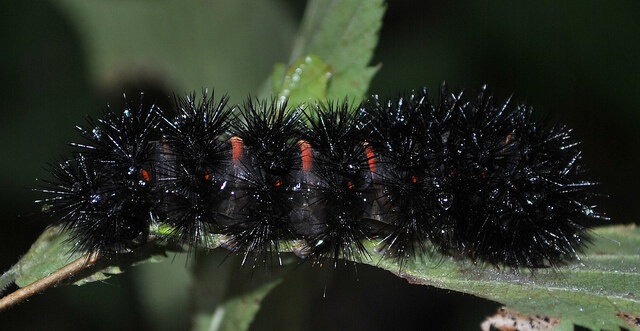Black caterpillars are one of the most popular breeds of their species. Their hair is fuzzy and black. Wolly Bear Caterpillars, Giant Tiger Caterpillars, and Giant Leopard Caterpillars are treated as black caterpillars.
They turned into a Monarch, Tiger, and Leopard butterflies or moths. A few people assume that these types of caterpillars can predict bad weather. Even farmers use them during cultivation to stay aware of the cold weather.
Do they truly predict the weather, or is it just a coincidence?
In this blog, you’ll find out why the black caterpillars predict bad weather. In addition, they also changed their colors mildly or shed their skins.
Before diving into this content, check out our previous blog to understand how it started. Our previous blog on the black caterpillar identification chart provides essential context.
Let’s begin!
What is a Black Caterpillar?
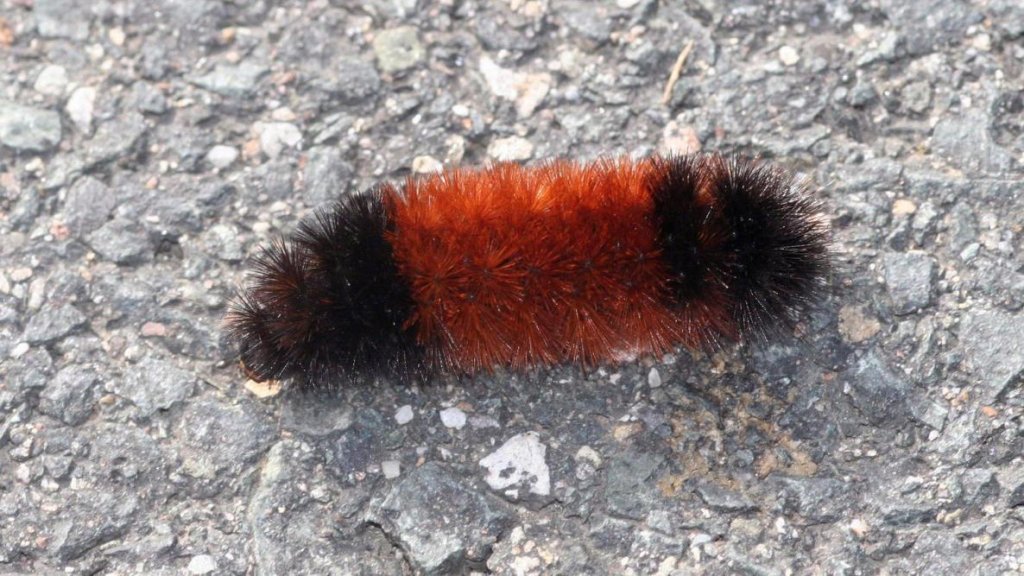
A caterpillar is an insect that has a soft body and can overgrow through their life cycle. A caterpillar grew up and became a butterfly. A black caterpillar is a unique type of insect. Several farmers use them to predict the weather. Their size is around 0.1 cm to 15 cm. They consume plants, fruits, and vegetables like other caterpillars.
The black caterpillars belong to the Lepidoptera insect group. Their hair is fuzzy and black. In addition, their spine is completely hairy and has a little vibrant orange, red, or yellow shade. The black caterpillars became monarch butterflies or monarch moths at the pupal stage.
Why the Black Caterpillar Predict Bad Weather?
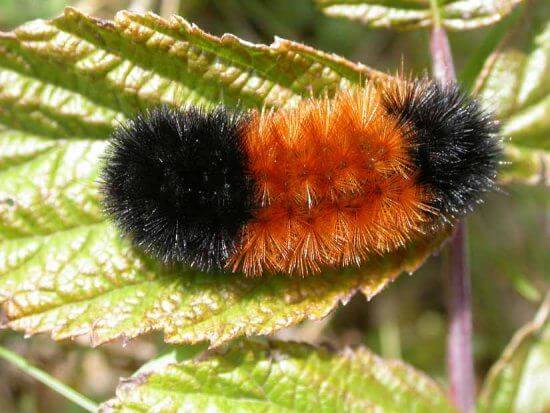
Not only a black caterpillar but all other caterpillars can predict bad weather. There are several reasons why the black caterpillar predicts bad weather. It can be for their life cycle change or hibernation.
Everyone knows that a caterpillar evolves into a cocoon. Then, the cocoon evolves into a butterfly. Correspondingly, a black caterpillar predicts bad weather for its life cycle. If the black caterpillar predicts cold weather, it will hibernate itself. Otherwise, it can cause harm to the caterpillar, and it won’t evolve into a cocoon and later into a butterfly or moth.
Several black caterpillars exist in nature, such as the Wolly Bear Caterpillar, Giant Tiger Caterpillar, Giant Leopard Caterpillar, etc. The farmers use them to predict the weather. It can guide them in cultivation based on the temperature. If the black caterpillar changes its fur color into a mild red, orange, or yellow, it means the weather is mildly cold. Based on this fact, a few researchers claimed a black caterpillar predicts the weather for their eating habitats.
According to the scientists, they believe if the caterpillar changes their color, it indicates bad weather. They can’t tolerate cold weather, so they predict the weather to hibernate themselves or change their color. Otherwise, it can affect their life cycle. However, contrarily, a few scientists acclaimed that the black caterpillars change their colors just for fun.
How to Identify if The Black Caterpillar Predicts Bad Weather?
1. Hair Thickness
As per the point of view of a few scientists, if a black caterpillar’s hair becomes so hick, it means they are predicting the weather. A few people also think that the thickness of hair indicates bad weather. Similarly, the neutral or less thick fur indicates mildly cold weather.
2. Movement
According to the farmers, the movement of the black caterpillar guides them in recognizing the weather. If the black caterpillar moves towards the north, it means the weather will be mildly cold. Contrarily, if it moves towards the south direction, then the weather must be chilled, and the winter is near and will last long.
3. Color Changing
Apart from hair thickness and movement, the color-changing attitude of a black caterpillar indicates that it’s predicting bad weather. Not all caterpillars cannot be able to change their colors, but a black caterpillar (Example: Wolly Bear Caterpillar and Giant Leopard Caterpillar) does. A wooly bear and a giant leopard caterpillar change their color to mild orange and mild red, respectively. It indicates a mild winter.
4. Scientific Method
According to the scientists, the black caterpillars don’t change their color to predict the weather. From their point of view, a black caterpillar predicts the weather by growing up a bit. As the winter comes, they will grow naturally and slowly evolve into cocoons. A black caterpillar sheds their skin when it grows up as it can’t endure winter. It’s also an indication that a caterpillar is predicting the weather.
Does Black Caterpillar Predict Bad Weather?
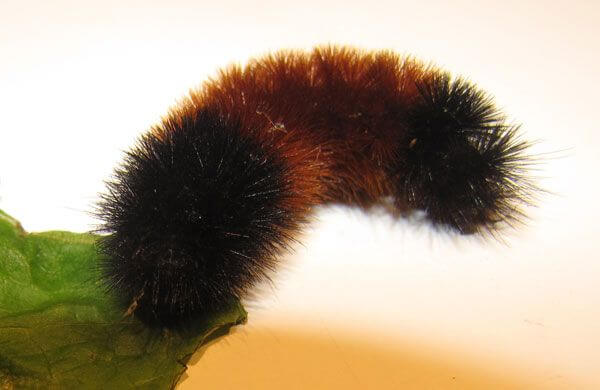
Based on several rumors or sayings, people believe that a black caterpillar predicts the future. When the weather is mildly cold, a black caterpillar moves toward the north direction. When it moves towards the south, they assume that the winter is coming. Similarly, if they change their color to mild orange, yellow, or red, it indicates the weather will change.
However, the scientists claimed that a black caterpillar changes its color as it can’t tolerate winter. For the same reason, they shed a part of their skins. Too much cold can harm the caterpillar, affecting its life cycle later.
This is a scientific process that is assumed as the black caterpillars are predicting weather.
Conclusion
The movement of a black caterpillar indicates the weather is changing. If it moves to the north, the weather will be mildly cold, and if it moves to the south, the winter will come.
Similarly, they change their colors into mild orange, yellow, or red and shed their skins to fight against the cold weather. However, people assume that they are predicting bad weather. Unfortunately, according to the scientists, it’s a natural process.
In this blog, you’ve acknowledged the fact of why a black caterpillar predicts bad weather. If you still have any queries, let us know in the comments.

